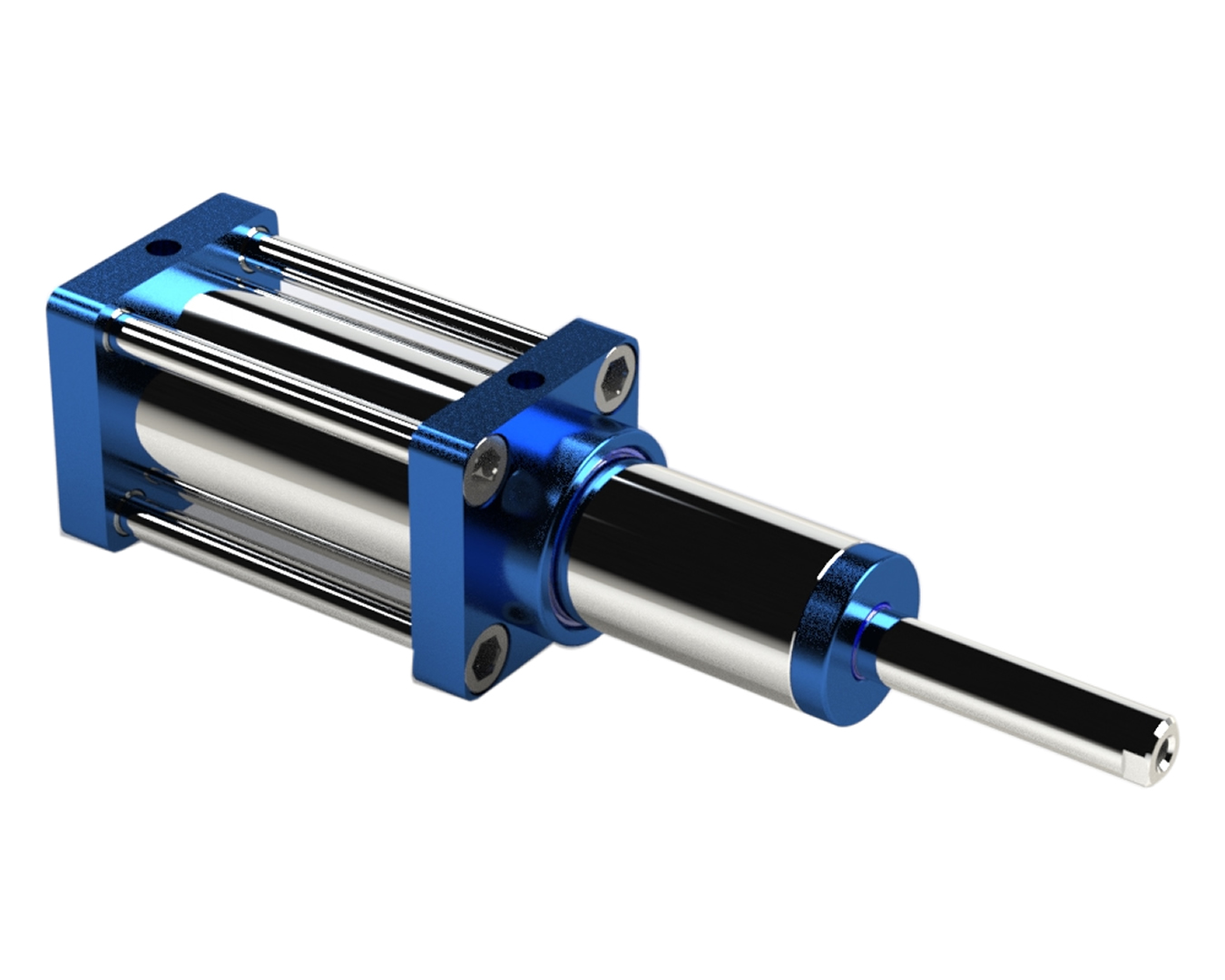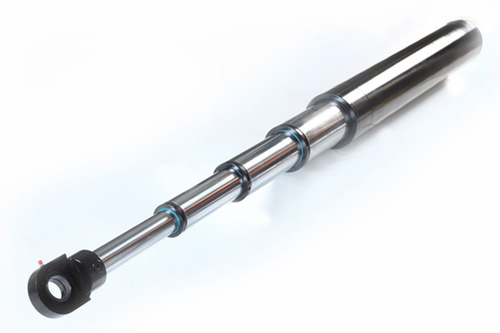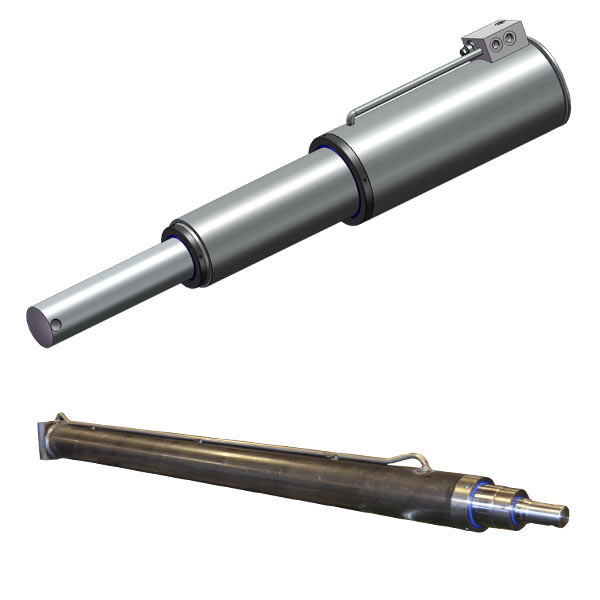Product Description
Products Description
Specification:
| Name | Pump car oil seal 505603 542251 Pump car accessories for Pusmeister pump cars |
| Material | High Quality Steel |
| HS Code | 8481100090 |
| Condition | New |
| Packaging | Carton Packaging |
Overview
|
HangZhou HuaYi Technology Co., LTD., specialized in the sale of construction machinery parts. |
|
HangZhou CHINAMFG Technology Co., Ltd. is located in HangZhou, ZheJiang Province, China, the beautiful capital of construction machinery. We have been specialized in construction machinery for more than 12 years, mainly specializing in concrete pumps and parts of construction machinery equipment, including Heavy Industry, Putzmeister, CHINAMFG and other CHINAMFG brands. Our company mainly engaged in heavy industry pump parts, pump parts, used mechanical equipment, excavators, cranes, wet spray machine and other accessories, such as remote control, Rexrow oil pump, conveyor box, double concrete pump pipe, lubrication pump, Harvey/Eaton/Parker/Kawasaki /SUN valve CHINAMFG brand hydraulic valves. Our technical backbone has been engaged in the construction machinery industry for 15 years. The company has strong technical service experience, support OEM/ODM services, and strive to provide overseas customers with a one-stop procurement and service platform. We have been adhering to the faith of integrity to provide our customers with quality products and excellent service, the company has been committed to the concept of technology and service innovation, welcome to work with Huayi, CHINAMFG cooperation, and Tonghang hand in hand to create a better future. Warmly welcome the majority of international friends to HangZhou CHINAMFG Technology to discuss cooperation, a cooperation, a lifetime of friends |
Product picture
/* January 22, 2571 19:08:37 */!function(){function s(e,r){var a,o={};try{e&&e.split(“,”).forEach(function(e,t){e&&(a=e.match(/(.*?):(.*)$/))&&1
| After-sales Service: | Online |
|---|---|
| Warranty: | 6 Months |
| Type: | Filter |
| Application: | Concrete Pump Trunk |
| Certification: | CE, ISO9001: 2000 |
| Condition: | New |
| Customization: |
Available
|
|
|---|

How do telescopic cylinders handle variations in load capacity and weight?
Telescopic cylinders are designed to handle variations in load capacity and weight effectively. Here’s a detailed explanation:
Load-specific design:
Telescopic cylinders are engineered with load-specific design considerations to accommodate variations in load capacity and weight. Manufacturers take into account factors such as the maximum expected load, the range of anticipated loads, and the required safety factors. The cylinder’s components, materials, and dimensions are selected and configured accordingly to provide the necessary strength and stability.
Multiple stages:
The nested structure of telescopic cylinders, with multiple stages or sleeves that retract inside one another, allows for adaptability to different loads. Each stage can handle a specific portion of the load, and the collective capacity of all stages determines the overall load capacity of the cylinder. By adding or removing stages, telescopic cylinders can be customized to suit different load requirements, providing flexibility in handling variations in weight.
Hydraulic system control:
The hydraulic control system of telescopic cylinders plays a vital role in managing variations in load capacity. By regulating the flow of hydraulic fluid to each stage, operators can control the extension and retraction force applied to the cylinder. This control allows for adjustments based on the specific load and weight requirements, ensuring the cylinder operates within its safe working limits.
Pressure relief and overload protection:
Telescopic cylinders are often equipped with pressure relief valves and overload protection mechanisms to safeguard against excessive loads. Pressure relief valves help prevent over-pressurization of the hydraulic system by diverting excess fluid flow, protecting the cylinder from potential damage. Overload protection mechanisms, such as overload sensors or mechanical stops, are designed to activate and halt the cylinder’s movement if the load exceeds the safe operating limits.
Load distribution and stability:
Telescopic cylinders contribute to load distribution and stability. The nested design distributes the load across multiple stages, reducing stress on individual components and enhancing overall stability. Proper weight distribution on the machinery or equipment, as well as secure attachment of the load, further contribute to maintaining stability and ensuring safe operation.
It’s important to note that while telescopic cylinders can handle variations in load capacity and weight, it is crucial to operate within the specified load limits and follow the manufacturer’s guidelines. Exceeding the recommended load capacity can compromise the safety, performance, and longevity of the telescopic cylinder and the machinery it is installed on.
Consulting the manufacturer’s documentation, engineering specifications, and relevant industry standards is essential for understanding and adhering to the appropriate load capacity and weight guidelines when using telescopic cylinders.

Can telescopic cylinders be used in aerial work platforms for extended reach?
Yes, telescopic cylinders are commonly used in aerial work platforms to achieve extended reach. Here’s a detailed explanation:
Increased working height:
Telescopic cylinders enable aerial work platforms to reach greater heights compared to other types of lifting mechanisms. The multi-stage design of telescopic cylinders allows for sequential extension, providing incremental increases in working height. This extended reach capability is crucial for accessing elevated areas such as construction sites, maintenance tasks, or elevated platforms.
Flexible reach adjustment:
Telescopic cylinders offer flexibility in adjusting the reach of aerial work platforms. By extending or retracting the cylinders, operators can modify the platform’s horizontal reach according to the specific job requirements. This flexibility allows for precise positioning of the platform, ensuring safe and efficient access to work areas at varying distances from the base.
Stability and load capacity:
Telescopic cylinders contribute to the stability and load capacity of aerial work platforms during extended reach operations. The cylinders provide structural support and help distribute the weight of the platform and the load being lifted. This load distribution ensures stability, minimizes the risk of tipping or tilting, and allows for safe operation even at maximum reach.
Controlled movements:
Telescopic cylinders enable controlled and smooth movements of aerial work platforms. The hydraulic control system regulates the extension and retraction of the cylinders, allowing for precise control over the platform’s vertical and horizontal motions. This controlled movement enhances operator safety, minimizes vibrations, and enables accurate positioning of the platform during extended reach tasks.
Compact design:
Telescopic cylinders offer a compact design that allows for efficient integration into aerial work platforms. The cylinders can be retracted when not in use, minimizing the space occupied by the lifting mechanism. This compactness allows for better maneuverability, improved accessibility in confined spaces, and efficient transportation of the aerial work platform.
Integration with other platform features:
Telescopic cylinders can be integrated with other features of aerial work platforms to enhance functionality. For example, they can be combined with articulating booms or rotating platforms to achieve versatile reach and positioning capabilities. This integration expands the range of applications for aerial work platforms, enabling them to navigate obstacles, reach over obstacles, or access difficult-to-reach areas.
Advantages of telescopic cylinders in aerial work platforms:
Telescopic cylinders offer several advantages when used in aerial work platforms for extended reach:
- Increased working height for accessing elevated areas
- Flexible reach adjustment for precise positioning
- Stability and load capacity during extended reach
- Controlled movements for operator safety
- Compact design for maneuverability and transportation
- Integration with other platform features for enhanced functionality
Overall, telescopic cylinders are a reliable and efficient choice for achieving extended reach in aerial work platforms. Their ability to increase working height, provide flexibility in reach adjustment, ensure stability, enable controlled movements, offer a compact design, and integrate with other platform features makes them well-suited for a wide range of aerial work applications.
It’s important to consult the equipment manufacturer’s documentation and guidelines for specific information on the integration, operation, and maintenance of telescopic cylinders in aerial work platforms.

What are the components and design features of a telescopic cylinder?
A telescopic cylinder consists of various components and incorporates specific design features to enable its functionality and performance. Here’s a detailed explanation:
Components of a telescopic cylinder:
- Stages or Sleeves: A telescopic cylinder comprises multiple stages or sleeves that are nested inside one another. These stages are usually cylindrical in shape and are made of high-strength steel or aluminum alloy. The number of stages can vary depending on the specific design and application requirements.
- Piston and Rod: Each stage of a telescopic cylinder has its own piston and rod assembly. The piston is located inside the stage and is connected to the rod, which extends through the center of the stage. The piston and rod assembly is responsible for generating the linear motion of each stage during extension and retraction.
- Seals: Sealing elements, such as O-rings or lip seals, are used to ensure a hydraulic seal between the stages. These seals prevent leakage of hydraulic fluid and maintain pressure within each stage during operation. The seals also help to protect the internal components from contaminants.
- Locking Mechanism: Telescopic cylinders often incorporate a locking mechanism to secure the extended stages in position. This mechanism ensures stability and prevents unintentional retraction of the cylinder under load. The locking mechanism can be mechanical, hydraulic, or a combination of both, depending on the design and application requirements.
- Guides and Bearings: To maintain proper alignment and minimize friction between the stages, telescopic cylinders may include guides and bearings. These components facilitate smooth extension and retraction of the stages and provide structural support.
- Hydraulic Connections: Telescopic cylinders have hydraulic connections to supply hydraulic fluid for extension and retraction. These connections typically include ports or fittings for the inlet and outlet of hydraulic fluid. Flexible hydraulic hoses or tubing are used to connect the cylinder to the hydraulic system of the equipment.
Design features of a telescopic cylinder:
- Nested Structure: The nested structure is a fundamental design feature of a telescopic cylinder. It allows the stages to extend and retract within one another, enabling a longer stroke length while maintaining a compact retracted length.
- Articulation Capability: Some telescopic cylinders incorporate articulation capability, which allows the cylinder to adjust its angle or position relative to the equipment. This feature enhances the versatility of the cylinder and enables it to adapt to different mounting orientations and working conditions.
- Internal Flow Paths: The design of a telescopic cylinder includes internal flow paths that facilitate the controlled flow of hydraulic fluid between the stages during extension and retraction. These flow paths ensure synchronized movement of the stages and contribute to the overall performance and stability of the cylinder.
- Surface Treatment: The external surfaces of telescopic cylinders are often treated or coated to provide protection against corrosion, wear, and environmental elements. Common surface treatments include painting, powder coating, or electroplating.
These components and design features work together to enable the functionality, reliability, and performance of a telescopic cylinder. It’s important to consult the manufacturer’s guidelines and specifications for proper installation, operation, and maintenance of the telescopic cylinder based on the specific application requirements.


editor by Dream 2024-04-30